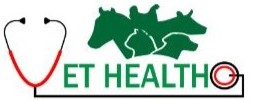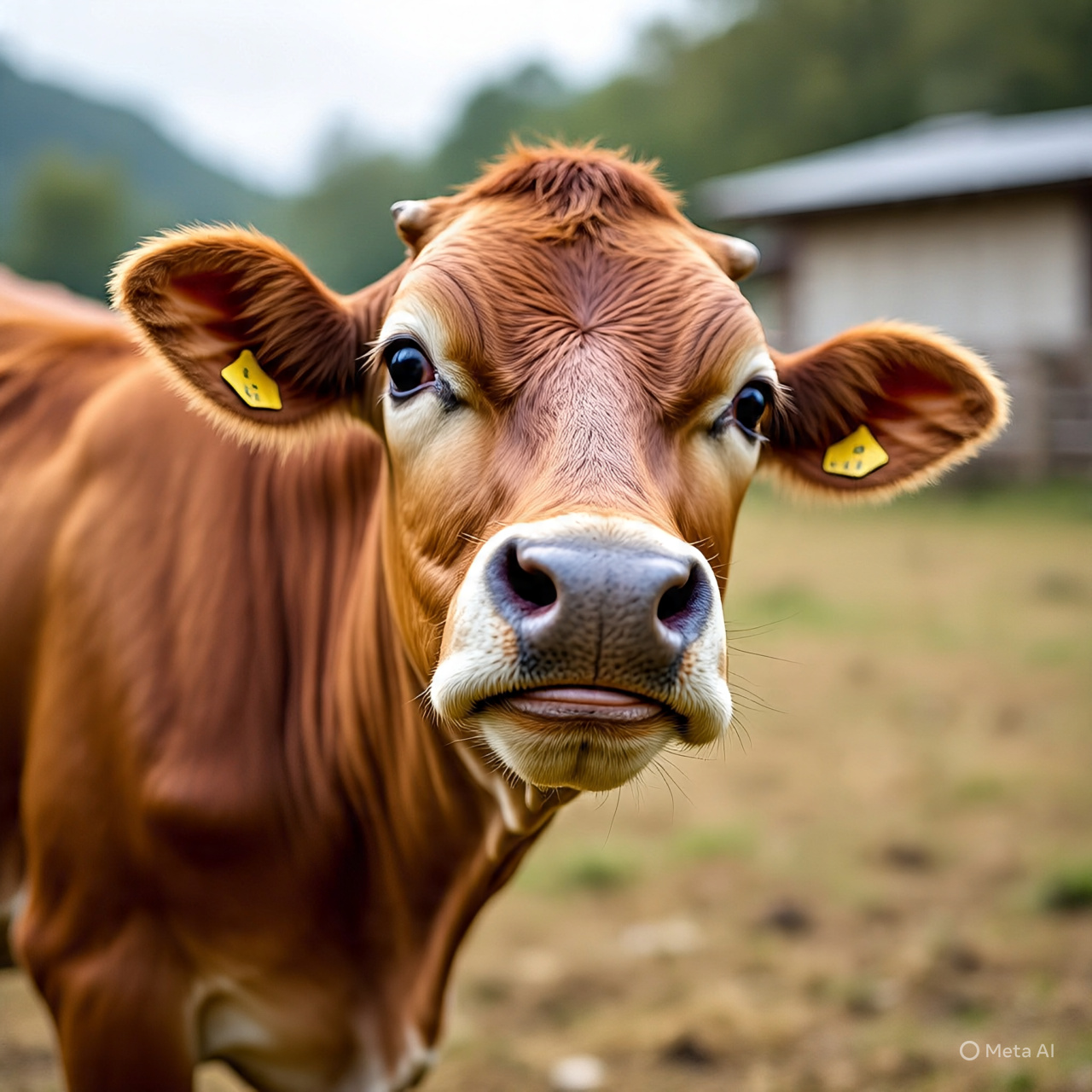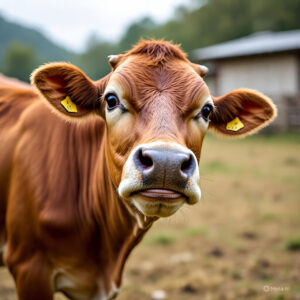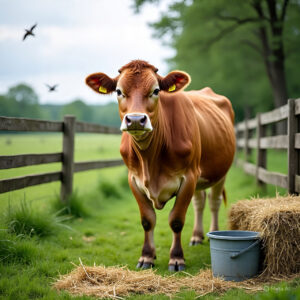Foot and mouth disease (FMD) is a dangerous viral illness that affects cattle. It spreads quickly and causes serious economic losses. Early detection is crucial to prevent large-scale outbreaks. This article discusses the common symptoms of foot and mouth disease in cattle, its causes, treatment options, and prevention methods.
What is Foot and Mouth Disease?
Foot and mouth disease is a highly contagious viral infection. It affects cloven-hoofed animals such as cows, buffaloes, pigs, and goats. The disease spreads through contact with infected animals, contaminated equipment, and even wind.
Causes of FMD in Cattle
- FMD virus (Apthovirus)
- Direct animal-to-animal contact
- Infected feed and water
- Airborne spread
- Contaminated footwear and tools
Incubation Period
FMD symptoms usually appear within 2–14 days after exposure. During this time, infected animals can still spread the virus.
Early Symptoms of Foot and Mouth Disease
- Fever – Body temperature may rise above 40°C.
- Drooling – Excessive saliva due to mouth sores.
- Loss of appetite – Reduced eating and drinking.
- Blisters – On the tongue, lips, gums, and hooves.
- Lameness – Difficulty walking due to foot lesions.
Advanced Symptoms in Cattle
- Mouth ulcers and scabs
- Hoof detachment in severe cases
- Milk production drops sharply
- Weight loss and general weakness
- Abortion in pregnant cows
How FMD Spreads Among Cattle
FMD spreads via:
- Direct contact with infected animals
- Vehicles, clothes, or tools carrying the virus
- Aerosols in humid weather
- Contaminated feed and water sources
Diagnosing FMD in Cattle
Vets diagnose FMD based on symptoms. Lab tests confirm the virus type. Blood samples, tissue from blisters, or swabs help detect the infection.
Treatment of FMD in Cattle
There is no direct cure. Supportive treatment is necessary:
- Antiseptics for mouth and hoof wounds
- Pain relievers to reduce discomfort
- Antibiotics to control secondary infections
- Isolation of infected animals
Preventive Measures for FMD
- Vaccination – Regular immunization reduces outbreaks.
- Quarantine – Isolate new or sick animals.
- Disinfection – Clean housing, tools, and footwear regularly.
- Restricted movement – Limit animal transport during outbreaks.
- Awareness – Train farmers to spot symptoms early.
Impact on the Dairy Industry
- Reduced milk yield
- Loss in meat production
- Trade restrictions
- Cost of veterinary care and vaccines
Government FMD Control Programs (India)
The Indian government runs several FMD vaccination drives. The Rashtriya Gokul Mission and Livestock Health & Disease Control Scheme promote cattle health.
Role of Farmers in Control
- Report symptoms early
- Participate in vaccination programs
- Maintain hygiene in cow sheds
- Avoid buying cattle from unknown sources
Importance of Biosecurity
- Maintain clean environments
- Prevent entry of stray animals
- Use disinfectants for visitors and vehicles
- Regularly test livestock for infections
Can Humans Get FMD?
FMD rarely affects humans. It’s primarily a livestock disease. However, hygiene and handling precautions are essential.
Conclusion
Understanding the symptoms of foot and mouth disease in cattle is crucial for farmers. Timely diagnosis, isolation, and preventive measures can stop its spread. Vaccination and good hygiene practices are the best defenses.
Foot and mouth disease – WOAH – World Organisation for Animal Health




